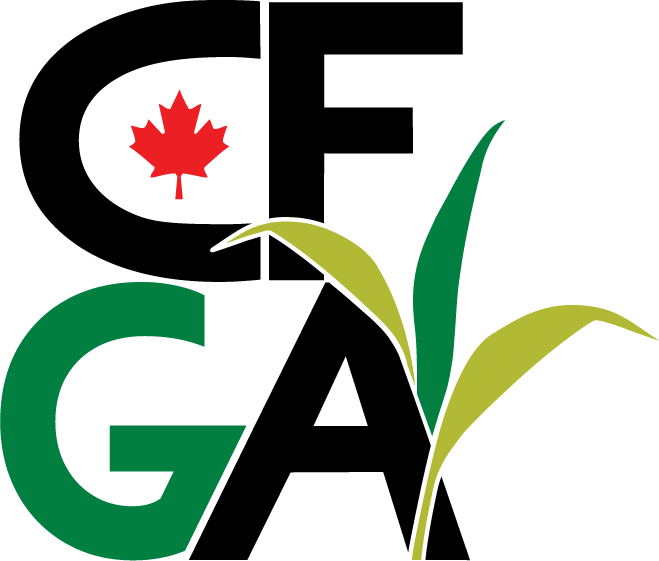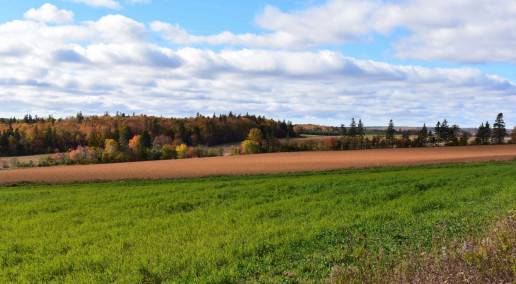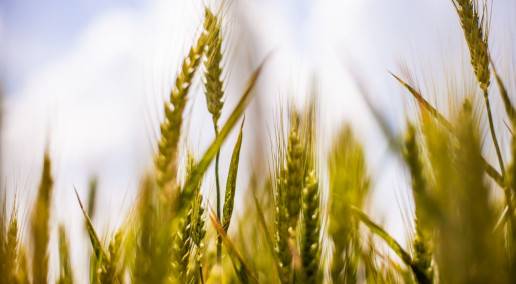During this session Carolyn Seburn and Jamie Hewitt spoke about the Federal government’s perspective on the importance of forages on landscapes. They spoke about climate resilience, soil health and carbon, water quality, forage for livestock, social and indigenous culture, biodiversity and species at risk.
Carolyn Seburn works with the Canadian Wildlife Service (CWS) filling roles related to the recovery of species at risk, including developing policies and guidance, managing recovery planning, tracking and reporting on recovery and leading the consultation and co-operation community of practice. She currently manages the Priority Sectors Initiative, including the Agriculture Sector.
Jamie Hewitt works as Senior Policy Analyst for Agriculture and Agri-Food Canada.
Forage makes up around 30 per cent of agriculture lands in Canada. $10 billion is directly generated from this, plus an estimated indirect benefit of one point three to two times greater than this.
Depending on the ecosystem, soil stocks of carbon can be 200 tons per hectare. On-farm nature-based climate solutions like grassland management, cover crops, agroforestry, riparian buffers, shelter belts and rotation with forage/legumes benefit the ecosystem. Both Agriculture and Agri-Food Canada (AAFC) and Environment and Climate Change Canada (ECCC) have funds to help foster this.
Rangelands enhance heterogeneity, which is important for mosaic landscapes. Perennial cover on marginal lands restores and maintain soil resources. The loss of topsoil can cost $12 per hectare. Cover decreases soil erosion and sediments, creates greater heterogeneity in forages, creates less risk for nutrient and pesticide runoff and helps regulate water flow on landscapes. Pollination creates value of over three billion dollars per year, both in abundance and diversity.
native prairie ecosystems like wetlands, riparian and natural habitats, are especially important to forage landscapes. There are 13 to 54 species at risk, with a priority towards migratory birds who would be vulnerable to loss of grasslands and shrublands. We are putting priority on working with farmers to support preservation of naturalized forage habitats.
Canada’s forage lands, especially native rangeland, play a role in maintaining soil health and biodiversity, including species at risk. Nature Smart Climate Solutions are looking to improve this. There is priority on carbon sequestration and species conservation.
Back to Carlene Schneider



Leave a Comment